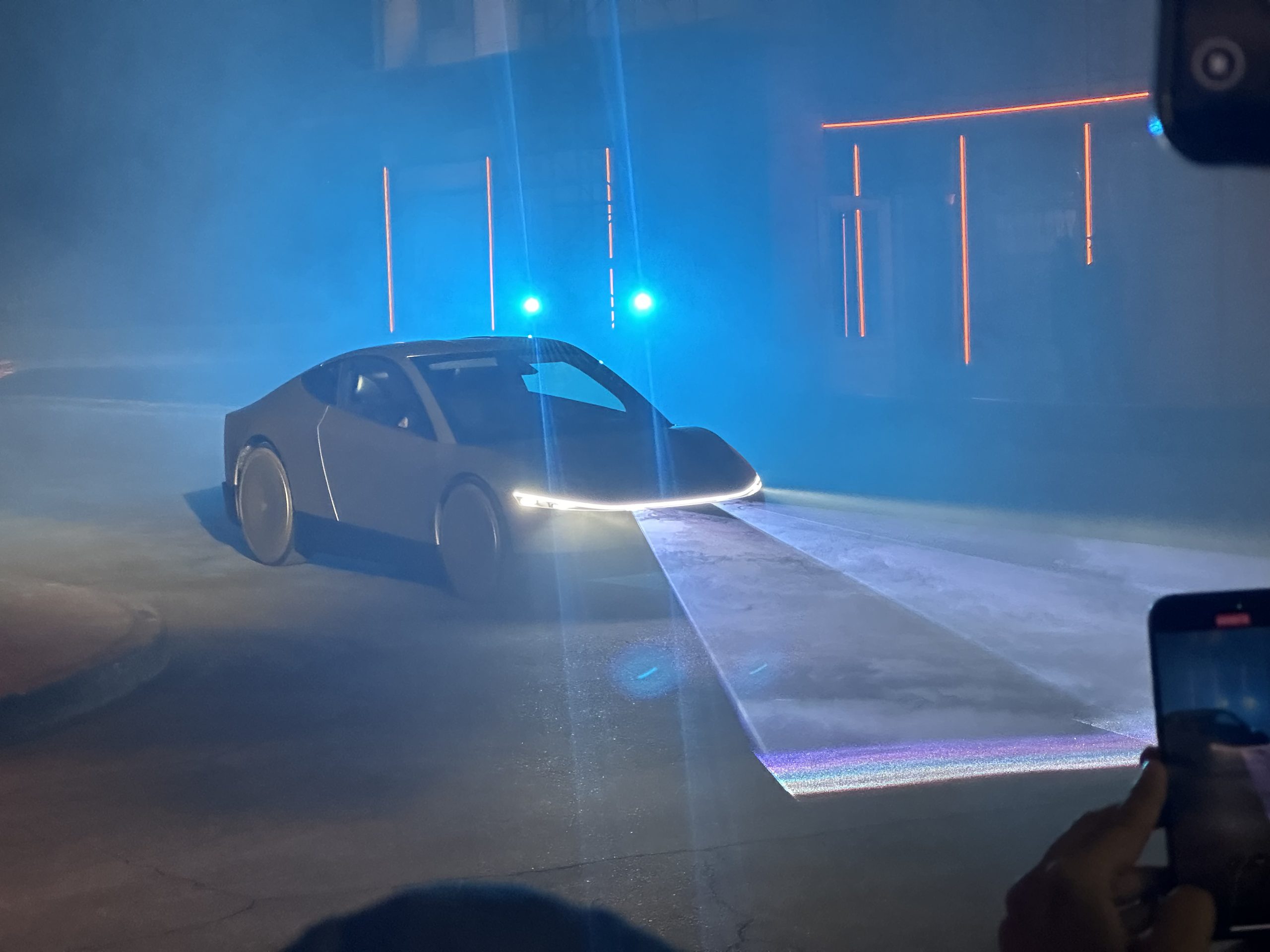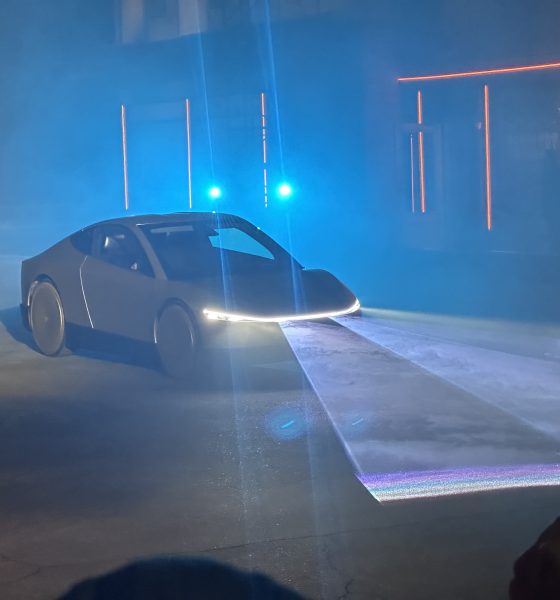Tesla and other companies are actively developing self-driving technologies and driverless ride-hailing platforms, and with President-elect Donald Trump’s transition team already focused on autonomous vehicles, the tech is highly expected to be a major theme in 2025.
According to a Reuters Breakingviews prediction report on Monday, Trump’s moves to minimize regulations surrounding autonomous vehicles and create a federal framework for the technology are expected to supercharge the industry—as increased competition emerges in the U.S. and beyond.
With Tesla CEO Elon Musk also set to play a large role in Trump’s administration, heading up the Department of Government Efficiency (DOGE), the company’s own developments in the sector could also stand to benefit substantially. Reuters also predicts that self-driving pilots could expand under the administration, especially as developers aim to increase the amount of data used to train their systems.
READ MORE ON SELF-DRIVING REGULATIONS: U.S. agency proposes rules for self-driving vehicle incident reporting
Last month, the Trump transition team said that it was already aiming to create a federal self-driving vehicle framework. Additionally, the team earlier this month was reported to be ditching federal requirements on automated driving tech crash reporting, coming as one example of the administration’s aims to streamline regulatory processes in the industry.
Internationally, the Society of Automotive Engineers (SAE) categorizes vehicle automation into five automation levels, which are generally adopted in conversations about robotaxis in the U.S. market as well. You can see these categories below, with Level 3 and above generally considered to be full automation, at least at times, while Level 2 and below are considered partial automation.
Credit: SAE International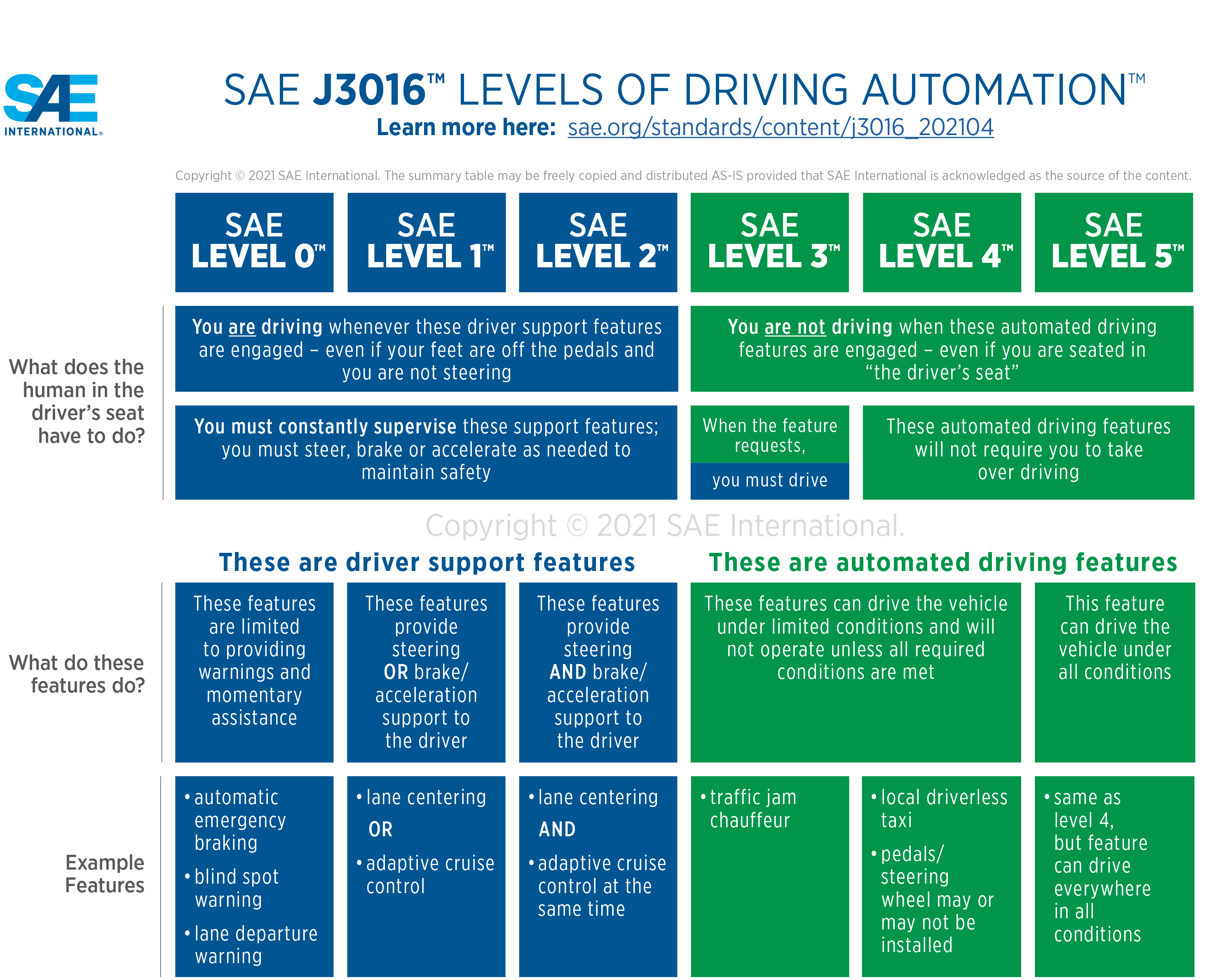
According to the data firm Canalys, just 5.5 percent of vehicles sold this year have included Level 2 or more assistance features, such as cruise control and automated lane changes. By 2025, however, Citi research has suggested that models in China below 200,000 yuan (about $28,000) will have these features, playing a major role in consumer demand.
In China, at least 19 companies are currently testing fully autonomous vehicles, and Goldman Sachs expects the country to see as many as 90 percent of consumer sales to have features of Level 3 autonomy or greaterby 2040, compared to just 65 percent in the U.S.
While these technologies are emerging, McKinsey predicts that self-driving could become a $400 billion industry by 2035. Google parent company Alphabet runs Waymo, a Level 4 driverless ride-hailing service that already offers paid rides, while others, including Pony AI and Baidu also offer rentable self-driving vehicles in select areas.
BYD has invested $14 billion into self-driving, Toyota has around 1.7 trillion yen ($11.3 billion) going toward software, while Volkswagen has invested $700 million into China’s Xpeng Motors. Li Auto and Xiami are also considered potential competitors in these spaces, and 2025 could prove a big year for commercial self-driving hopefuls.
Tesla’s Supervised FSD program, Cybercab unveiled
Meanwhile, Tesla isn’t yet operating a paid ride-hailing service, though it gathers data through owner use of its Supervised Full Self-Driving (FSD) software. Tesla has touted the potential scalability of its Supervised FSD in the past, given that it’s available at least in some form in all of the company’s vehicles.
Musk has also regularly talked about a future in which owners of its vehicles could use an Unsupervised FSD to generate money by giving robotaxi rides while not normally in use.
On that theme, Tesla unveiled the Cybercab in October, a fully autonomous, two-seat vehicle with no pedals, set to eventually make it to the market as a driverless ride-hailing vehicle. It’s also set to be equipped with wireless charging and make use of an automated cleaning robot, offering top-to-bottom autonomy for owners.
MORE ON FSD SUPERVISED: Watch Tesla’s FSD v13.2 navigate away from park in a tricky situation
Tesla skeptics, Waymo’s driverless ride-hails, GM’s Cruise drives into the sunset
Despite the unveiling, some have shared skepticism around how long the vehicles could take to reach the market, especially given that production isn’t set to begin until 2026 with commercial deliveries aiming for “before 2027,” according to Musk during the October 10 “We, Robot” unveiling event.
On Monday, analyst Gary Black also predicted that fewer than 50 percent of Tesla owners would join the company’s robotaxi fleet, while a Guggenheim researcher in October said Tesla was “extremely unlikely” to reveal a credible path to robotaxi commercialization in the next 12 to 24 months.
Others like Waymo are some of the first companies operating paid driverless ride-hails, and the Google-run firm said in August that its robotaxis were already giving 100,000 paid self-driving rides per week. Meanwhile, General Motors (GM) announced this month that it will officially end funding for its commercial self-driving arm Cruise, after one of the company’s driverless vehicles last year ran over and pinned a pedestrian in San Francisco.
ALSO RELATED:
- Tesla China FSD approval expected by end of 2024: Musk
- Waymo to test self-driving vehicles in another country in 2025
What are your thoughts? Let me know at zach@teslarati.com, find me on X at @zacharyvisconti, or send us tips at tips@teslarati.com.
California regulators add new reporting requirements for self-driving cars
Need accessories for your Tesla? Check out the Teslarati Marketplace:

News
Tesla dispels reports of ‘sales suspension’ in California
“This was a “consumer protection” order about the use of the term “Autopilot” in a case where not one single customer came forward to say there’s a problem.
Sales in California will continue uninterrupted.”

Tesla has dispelled reports that it is facing a thirty-day sales suspension in California after the state’s Department of Motor Vehicles (DMV) issued a penalty to the company after a judge ruled it “misled consumers about its driver-assistance technology.”
On Tuesday, Bloomberg reported that the California DMV was planning to adopt the penalty but decided to put it on ice for ninety days, giving Tesla an opportunity to “come into compliance.”
Tesla enters interesting situation with Full Self-Driving in California
Tesla responded to the report on Tuesday evening, after it came out, stating that this was a “consumer protection” order that was brought up over its use of the term “Autopilot.”
The company said “not one single customer came forward to say there’s a problem,” yet a judge and the DMV determined it was, so they want to apply the penalty if Tesla doesn’t oblige.
However, Tesla said that its sales operations in California “will continue uninterrupted.”
It confirmed this in an X post on Tuesday night:
This was a “consumer protection” order about the use of the term “Autopilot” in a case where not one single customer came forward to say there’s a problem.
Sales in California will continue uninterrupted.
— Tesla North America (@tesla_na) December 17, 2025
The report and the decision by the DMV and Judge involved sparked outrage from the Tesla community, who stated that it should do its best to get out of California.
One X post said California “didn’t deserve” what Tesla had done for it in terms of employment, engineering, and innovation.
Tesla has used Autopilot and Full Self-Driving for years, but it did add the term “(Supervised)” to the end of the FSD suite earlier this year, potentially aiming to protect itself from instances like this one.
This is the first primary dispute over the terminology of Full Self-Driving, but it has undergone some scrutiny at the federal level, as some government officials have claimed the suite has “deceptive” naming. Previous Transportation Secretary Pete Buttigieg was vocally critical of the use of the name “Full Self-Driving,” as well as “Autopilot.”
News
New EV tax credit rule could impact many EV buyers
We confirmed with a Tesla Sales Advisor that any current orders that have the $7,500 tax credit applied to them must be completed by December 31, meaning delivery must take place by that date. However, it is unclear at this point whether someone could still claim the credit when filing their tax returns for 2025 as long as the order reflects an order date before September 30.
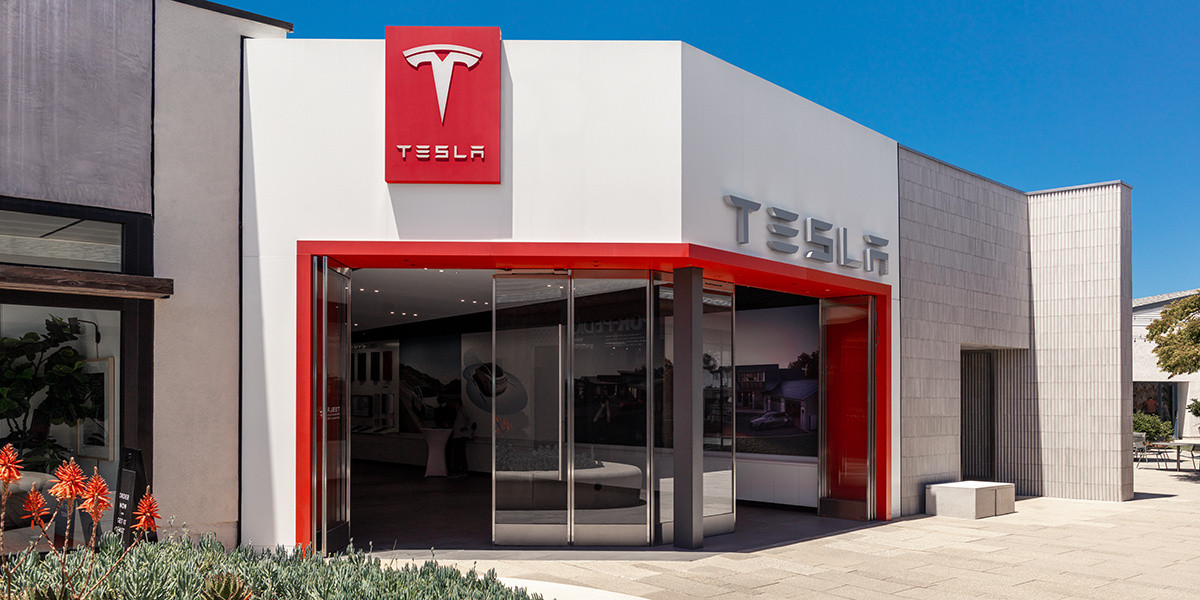
Tesla owners could be impacted by a new EV tax credit rule, which seems to be a new hoop to jump through for those who benefited from the “extension,” which allowed orderers to take delivery after the loss of the $7,500 discount.
After the Trump Administration initiated the phase-out of the $7,500 EV tax credit, many were happy to see the rules had been changed slightly, as deliveries could occur after the September 30 cutoff as long as orders were placed before the end of that month.
However, there appears to be a new threshold that EV buyers will have to go through, and it will impact their ability to get the credit, at least at the Point of Sale, for now.
Delivery must be completed by the end of the year, and buyers must take possession of the car by December 31, 2025, or they will lose the tax credit. The U.S. government will be closing the tax credit portal, which allows people to claim the credit at the Point of Sale.
🚨UPDATE: $7,500 Tax Credit Portal “Closes By End of Year”.
This is bad news for pending Tesla buyers (MYP) looking to lock in the $7,500 Tax Credit.
“it looks like the portal closes by end of the year so there be no way for us to guarantee the funds however, we will try our… pic.twitter.com/LnWiaXL30k
— DennisCW | wen my L (@DennisCW_) December 15, 2025
We confirmed with a Tesla Sales Advisor that any current orders that have the $7,500 tax credit applied to them must be completed by December 31, meaning delivery must take place by that date.
However, it is unclear at this point whether someone could still claim the credit when filing their tax returns for 2025 as long as the order reflects an order date before September 30.
If not, the order can still go through, but the buyer will not be able to claim the tax credit, meaning they will pay full price for the vehicle.
This puts some buyers in a strange limbo, especially if they placed an order for the Model Y Performance. Some deliveries have already taken place, and some are scheduled before the end of the month, but many others are not expecting deliveries until January.
Elon Musk
Elon Musk takes latest barb at Bill Gates over Tesla short position
Bill Gates placed a massive short bet against Tesla of ~1% of our total shares, which might have cost him over $10B by now
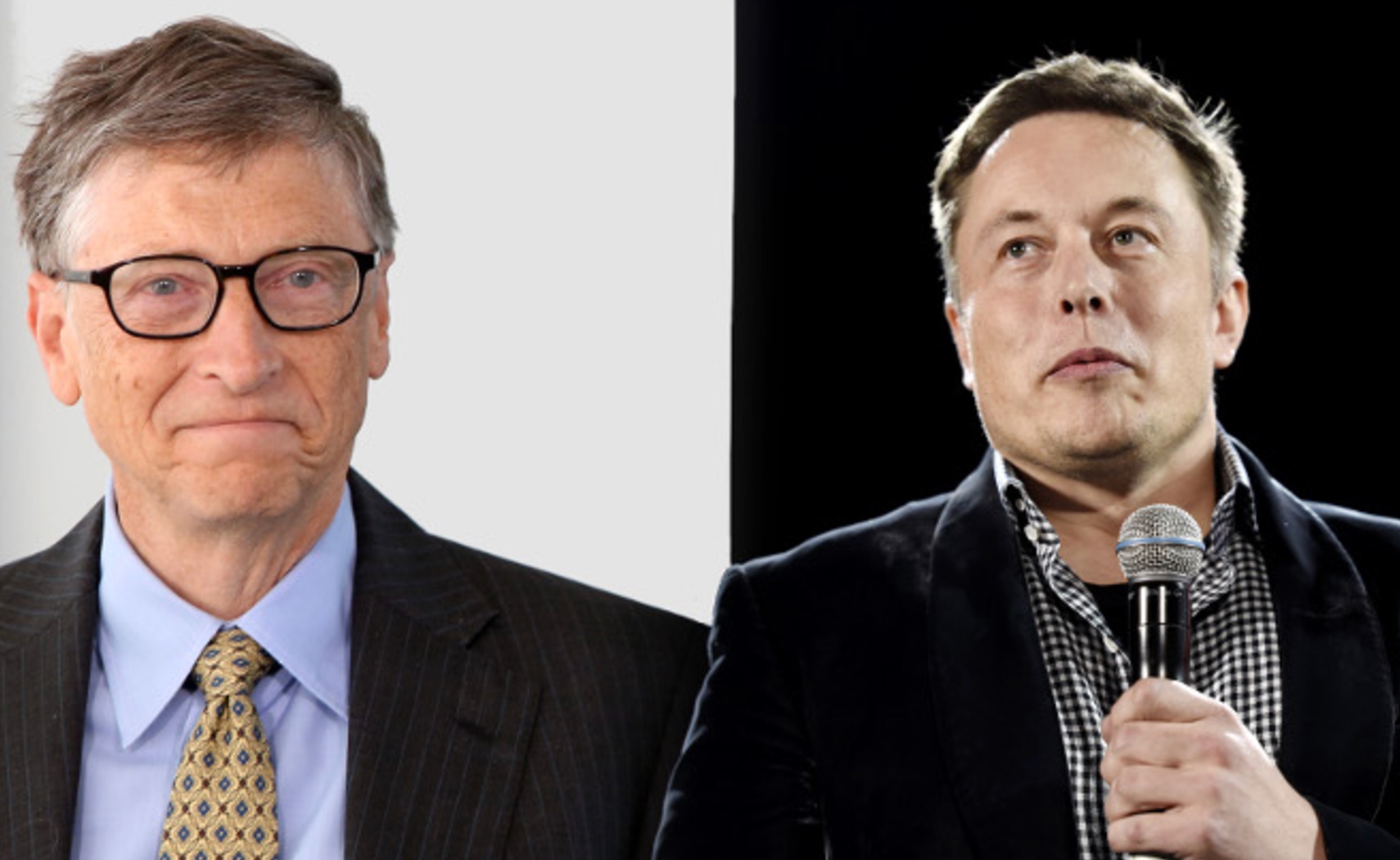
Elon Musk took his latest barb at former Microsoft CEO Bill Gates over his short position against the company, which the two have had some tensions over for a number of years.
Gates admitted to Musk several years ago through a text message that he still held a short position against his sustainable car and energy company. Ironically, Gates had contacted Musk to explore philanthropic opportunities.
Elon Musk explains Bill Gates beef: He ‘placed a massive bet on Tesla dying’
Musk said he could not take the request seriously, especially as Gates was hoping to make money on the downfall of the one company taking EVs seriously.
The Tesla frontman has continued to take shots at Gates over the years from time to time, but the latest comment came as Musk’s net worth swelled to over $600 billion. He became the first person ever to reach that threshold earlier this week, when Tesla shares increased due to Robotaxi testing without any occupants.
Musk refreshed everyone’s memory with the recent post, stating that if Gates still has his short position against Tesla, he would have lost over $10 billion by now:
Bill Gates placed a massive short bet against Tesla of ~1% of our total shares, which might have cost him over $10B by now
— Elon Musk (@elonmusk) December 17, 2025
Just a month ago, in mid-November, Musk issued his final warning to Gates over the short position, speculating whether the former Microsoft frontman had still held the bet against Tesla.
“If Gates hasn’t fully closed out the crazy short position he has held against Tesla for ~8 years, he had better do so soon,” Musk said. This came in response to The Gates Foundation dumping 65 percent of its Microsoft position.
Tesla CEO Elon Musk sends final warning to Bill Gates over short position
Musk’s involvement in the U.S. government also drew criticism from Gates, as he said that the reductions proposed by DOGE against U.S.A.I.D. were “stunning” and could cause “millions of additional deaths of kids.”
“Gates is a huge liar,” Musk responded.
It is not known whether Gates still holds his Tesla short position.
